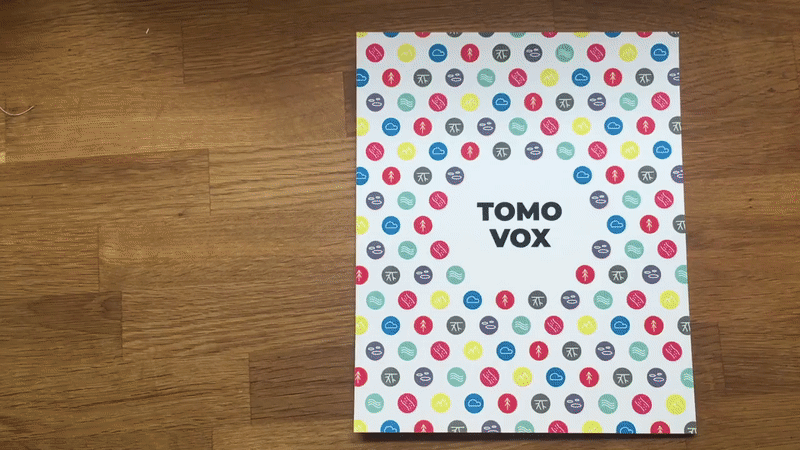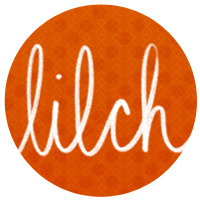Cozy Games & Character-Driven Storyworlds for Pediatric Vocal Health
A Major Research Project for the Master of Digital Media Program at X University
My Master’s thesis explored the use of cozy games and character-driven storyworlds in designing effect tools for voice therapy for children.
Voice therapy is a specialization within speech-language pathology that focuses on issues in one’s vocal cords. Children are often asked to practice simple motor exercises involving everyday objects (like cups, straws, and kleenex) several times a day in order to improve their vocal health. As this can be a tedious experience for both children and parents, we asked this research question: How can we incorporate the use of games and characters to make this process more fun and motivating for kids?
I worked with a clinical voice therapist to better understand the needs of their child patients and caregivers. We identified a set of exercises known as semi-occluded vocal tract exercises (SOVT) that could be used for our game, which we decided to call TOMO VOX. In the game, children become TOMO trainers, who practice SOVTs in order to befriend creatures in the game environment.:
Each SOVT exercise helps the patient communicate with a family of creatures who dwell in a specific geographic region on the TOMO world map. For example, the Tissue Exercise would call creatures who live in the sky, while the Gargling exercise would call creatures who live in the tidepools.
Here are some of my initial sketches of the TOMO creatures:
Here are the final designs. Every TOMO family represents a particular SOVT, so they each have a distinct colour palette:
Now that the storyworld and characters were established, we created a physical toolkit that contained all the necessary tactile objects and materials needed to help patients practice their SOVTs.
We started with TOMO cards. Each card has one TOMO character which can be ‘called’ by practicing an SOVT exercise. This is the OONI family, which represents a TISSUE exercise:
Here is the GISP family, which represents the GARGLING exercise:
We ended up with 28 TOMO creatures in total. The final designs were printed onto cardstock. Each TOMO card is placed into an activity kit that contains the TOMO card, stickers and instructions on how to perform the SOVT.
We also designed a TOMO journal where patients can insert the creature cards and track the progress of their ‘training’. They can use the journal to name their creature, and add personal details, and track their SOVT progress, using stickers as rewards for every time they practice. We also added a QR code where the clinician could link to a recording of their session or to online resources for the exercise.

We also added a breathing tool to the kit, which serves as a visual aid to help the patient with their abdo-diaphragmatic breathing. This 2D version of a hobosphere was created using cardboard and brads. Lastly, we wanted the box itself to be incorporated into the game design. We added the TOMO world map to the inside of the box, where TOMO stickers could be placed. This way, a patient could see all the TOMO creatures they befriended every time they open the box.
The final TOMO VOX prototype contains the TOMO creature journal, visual breathing aid, tactile objects needed to perform SOVTS, and activity kit. We tested the idea of adding augmented reality interactivity to the game by utilizing the TOMO cards as image targets.
This project offers a novel and innovative way to teach SOVTs to children who need voice therapy treatment. It introduces a much-needed new tool into the pediatric voice therapy space, where the current number of games is limited and under-developed. Preliminary user testing showed promise that the use of storyworlds and coziness could increase engagement and adherence. More research is needed to validate these claims, which we hope to do in our next stage of development.
